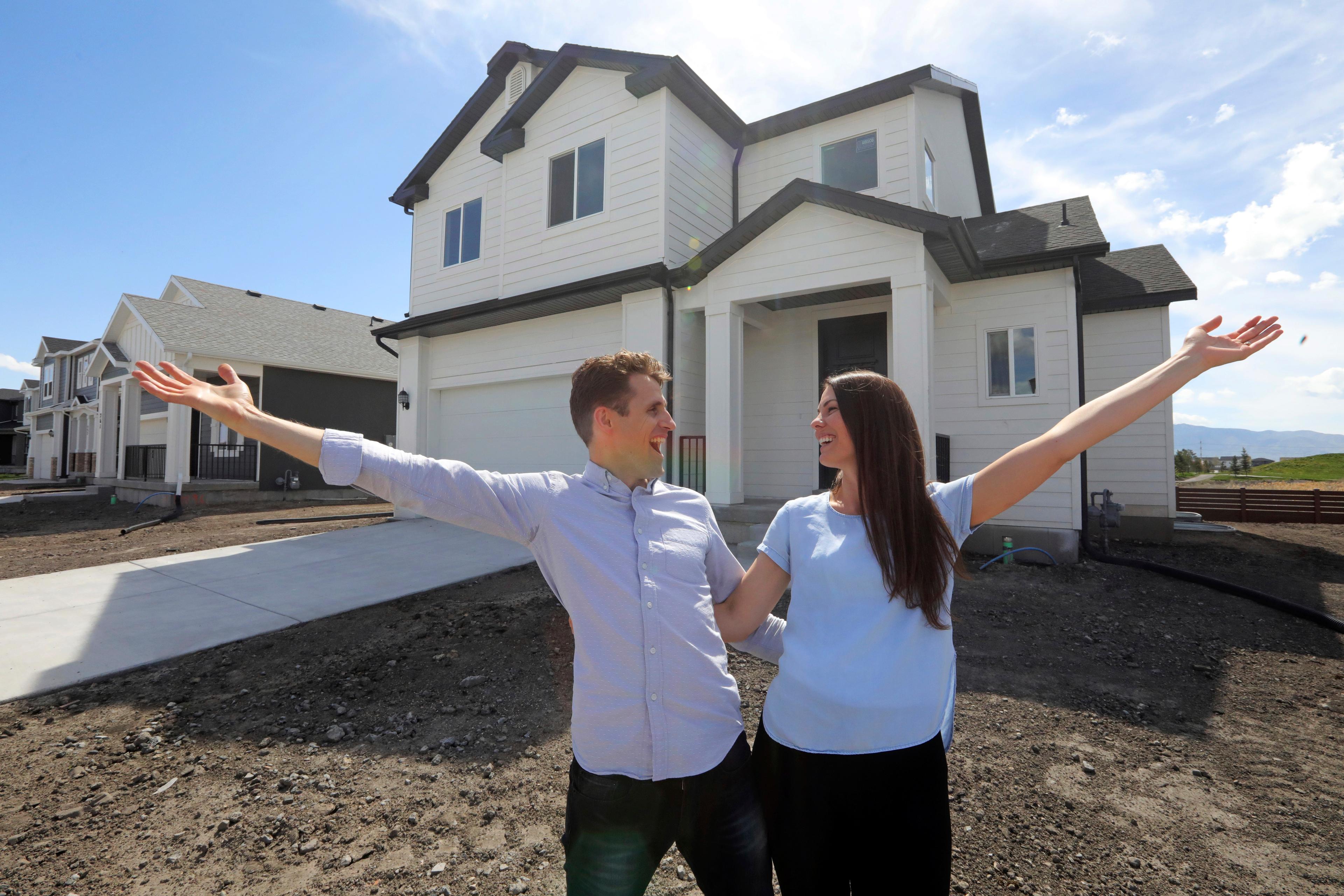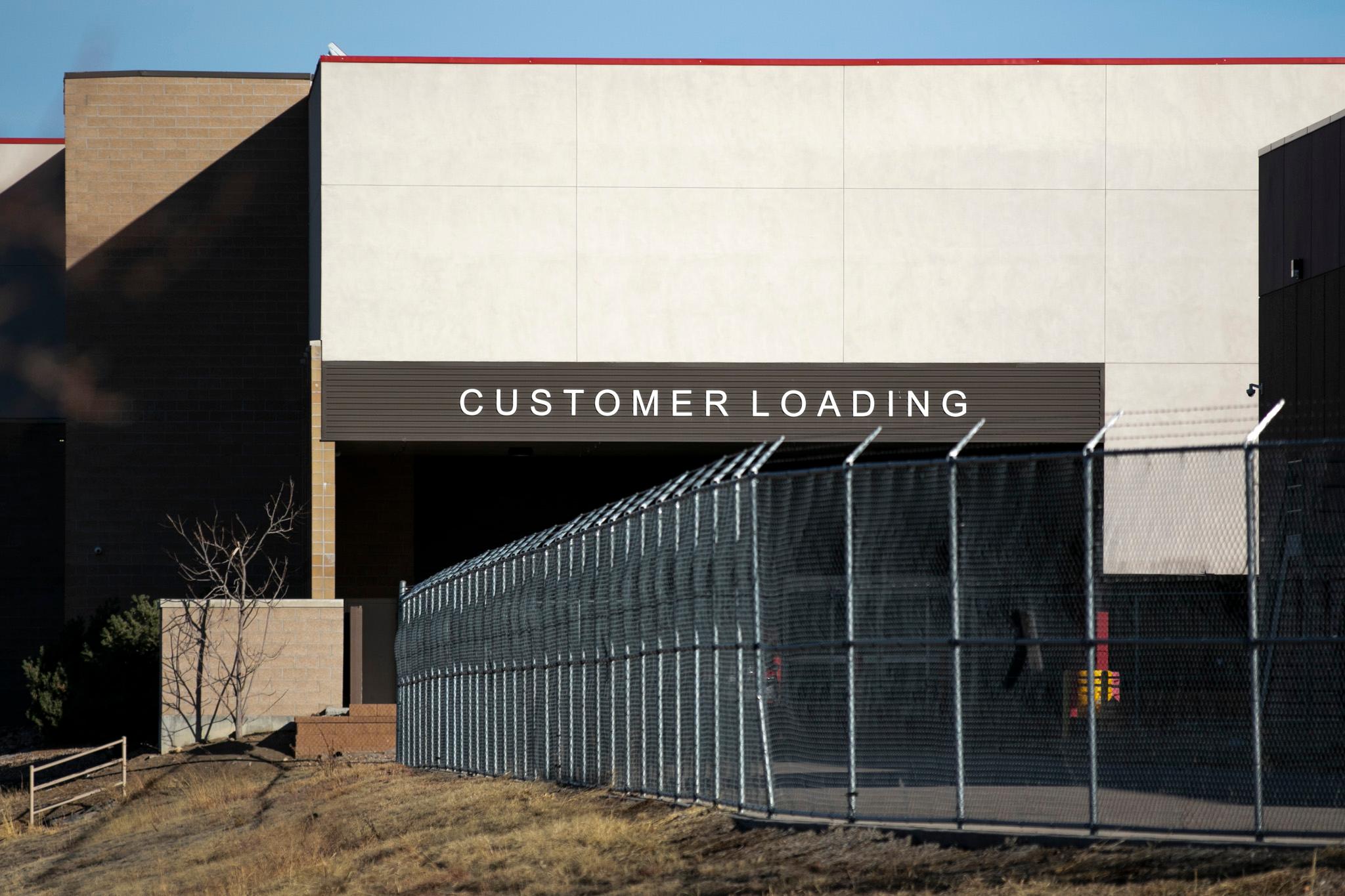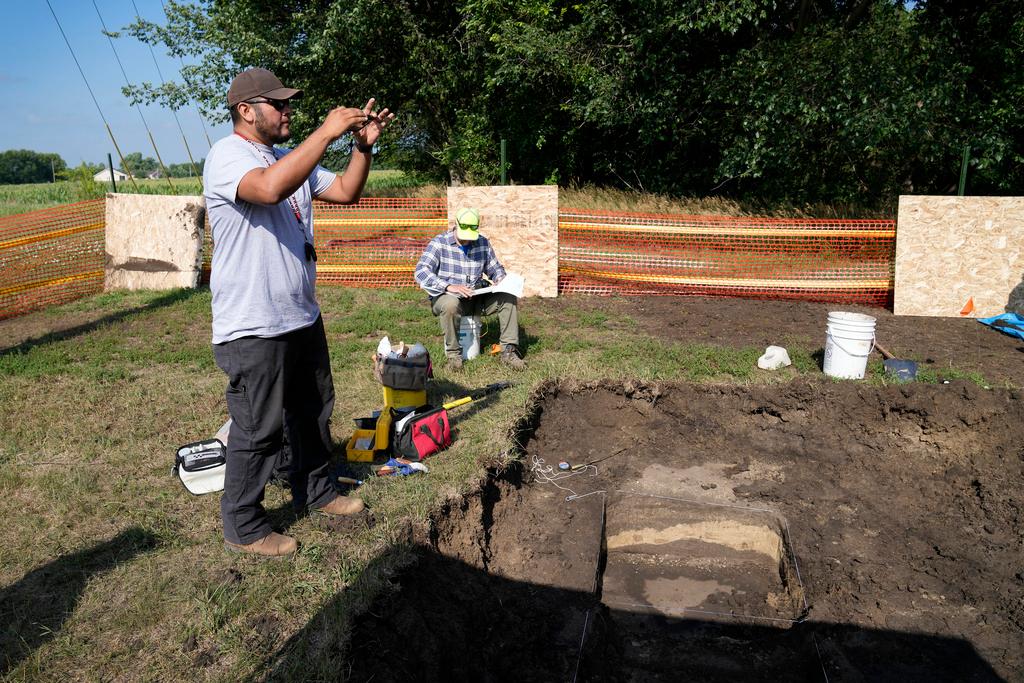

For millennials looking to buy their first home, the hunt feels like a race against the clock.
In the seven years since the housing crash ended, home values in more than three-quarters of U.S. metro areas have climbed faster than incomes, according to an Associated Press analysis of real estate industry data provided by CoreLogic.
That gap is driving some first-timers out of the most expensive cities as well as pressuring them to buy something before they are completely priced out of the market.
In Colorado, assessors from every metro county say median residential property values increased this year by double digit percentages, from 12 percent in Boulder County to more than 24 percent in Adams County.
Neighborhoods and counties with more affordable homes saw the biggest jumps in assessed value. In Denver, neighborhoods like Globeville and Villa Park saw median assessed values jump 53 percent and 43 percent respectively.
“There’s a lot of competition for those homes,” said Denver Assessor Keith Erffmeyer. “That drives up prices.” Denver residential property values increased 20 percent citywide between June 30, 2016, and June 30, 2018.
"They do want all the same things that previous generations want," said Daryl Fairweather, chief economist for the brokerage Redfin. "They just have more roadblocks, and they're going to have to come up with more creative solutions to get the homes that they want."
A Redfin analysis found these buyers are leaving too-hot-to-touch big-city markets — among them, San Francisco and Seattle, where the tech boom has sent housing prices into the stratosphere. The brokerage found that many millennials are instead buying in more reasonably priced neighborhoods around places like Salt Lake City, Oklahoma City and Raleigh, North Carolina. That, in turn, is driving up housing prices in those communities.
Jake and Heather Rice, both 35, moved to Utah last year from Mountain View, California, where the biggest employers are tech giants such as Google, Symantec and Intuit and the median home price is a dizzying $1.4 million or so.
The couple and their three children settled into a 4,500-square-foot house in fast-growing Farmington, just far enough away from Salt Lake City to feel rural but minutes from a major shopping center and Heather's sister. They did not disclose the purchase price for the sake of privacy, but they said their monthly mortgage payments will be $3,000, roughly the same as the rent for their former two-bedroom, 1,000 square-foot apartment in Mountain View.
"We didn't expect to stay in California because of how ludicrous the prices had become," said Jake, a mechanical engineer who works in the medical device sector.
Nationally, home prices since 2000 have climbed at an annual average rate of 3.8 percent, according to the data firm CoreLogic, while average incomes have grown at an annual rate of 2.7 percent. And in the metro areas with the strongest income growth — for example, parts of Silicon Valley — home prices have risen even faster.
Wage growth has finally started to rise in Colorado, but it hasn’t kept pace with real estate inflation. Denver is the most expensive non-coastal market in the country. Average prices hit a new all-time high in April: $553,371 for a single family home, according to Denver Metro Association of Realtors.
The Salt Lake City area is among the hottest spots for first-time buyers in part because of a staggering burst of home construction and a surge of high-tech jobs.
Of course, the influx of people from unaffordable cities is contributing to the very problem they were trying to escape: Home prices in the greater Salt Lake City area surged 10.8 percent in the past year, while average incomes rose only 3.9 percent, according to figures from CoreLogic and the U.S. Bureau of Labor Statistics.
Scott Robbins, president of the Salt Lake Board of Realtors, sees the price growth as having changed the habits of first-time buyers. They are putting less money down and carrying more debt. And some first-time buyers are looking at condos and duplexes instead of houses.
There is also more pressure on families to earn two incomes, rather than letting one choose to be the stay-at-home parent. This could be a particular challenge in the Salt Lake City area, where families are generally larger, mostly because of the influence of the Church of Jesus Christ of Latter-day Saints, and about 28 percent of the population is younger than 18, compared with nearly 24 percent nationwide.
"The one thing that really would make it even more sustainable is if wages would increase," Robbins said. "Whereas before you could have a young couple buy a place and only one of them would work. Now, you need both of them to work."
Andy and Stacie Proctor made a bid on a house in the Salt Lake City suburbs, only to rescind it upon learning there were 13 rival offers. At one point, they almost decided not to buy a house just yet, figuring the bubble was going to burst eventually, said Andy, a 35-year-old who hosts the podcast "More Happy Life."
But there was also the opposite risk: "There is the question about whether it's going to keep going up," his 31-year-old wife said.
The couple ultimately made a successful offer on a three-bedroom house for $438,000 in Vineyard, Utah. It includes an apartment that could be rented out to defray their mortgage payments. That will make it easier for them to afford starting a family.








